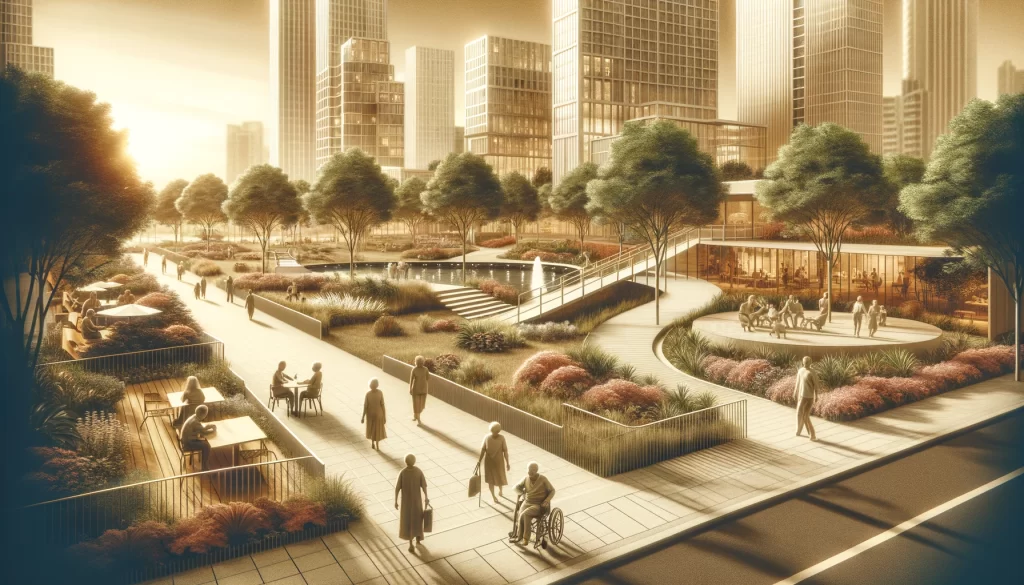
Relaxing on a bench at the park, driving through a neighborhood or school zone, eating at your favorite restaurant. Public spaces are essential factors of everyday life. Did you know that most spaces are a reflection of the mortality data collected in that area? Below is a deep dive on how civil registration impacts our day to day lives in public spaces.
Informing Public Health Initiatives:
By analyzing mortality rates and causes of death within specific geographic areas, policymakers and health officials can identify areas of concern and implement targeted interventions. For example, high rates of traffic-related fatalities may prompt the installation of pedestrian crossings or the implementation of speed limits in certain areas, ultimately enhancing safety in public spaces.
Age-Friendly Environments:
Mortality data often highlights vulnerabilities within certain demographic groups, such as the elderly. As populations age, there is a growing need to design public spaces that cater to the needs of older adults, ensuring accessibility and safety. Insights from mortality data can inform the creation of age-friendly environments, featuring amenities such as benches, ramps, and well-lit pathways, which facilitate mobility and encourage social interaction among seniors.
Addressing Environmental Hazards:
Mortality data also sheds light on the impact of environmental hazards on public health. Whether it’s air pollution, extreme weather events, or natural disasters, understanding the correlation between environmental factors and mortality rates is crucial for mitigating risks and safeguarding communities. This knowledge informs urban planning decisions, such as the location of green spaces, the implementation of climate-resilient infrastructure, and measures to improve air quality, all of which contribute to creating healthier public spaces.
Promoting Mental Health:
Beyond physical safety, mortality data influences public spaces in terms of supporting mental health and well-being. Studies have shown a correlation between access to green spaces and lower mortality rates, as well as improved mental health outcomes. Urban parks, community gardens, and recreational areas not only provide opportunities for physical activity but also serve as places of respite and relaxation, offering psychological benefits that contribute to overall health.
Fostering Community Engagement:
Lastly, mortality data can foster community engagement by empowering residents to advocate for improvements in public spaces. When communities are aware of mortality trends and health disparities within their neighborhoods, they are better equipped to demand action from local authorities and participate in decision-making processes related to urban development and infrastructure projects. This grassroots activism can lead to positive changes that enhance the livability and safety of public spaces for all residents.

